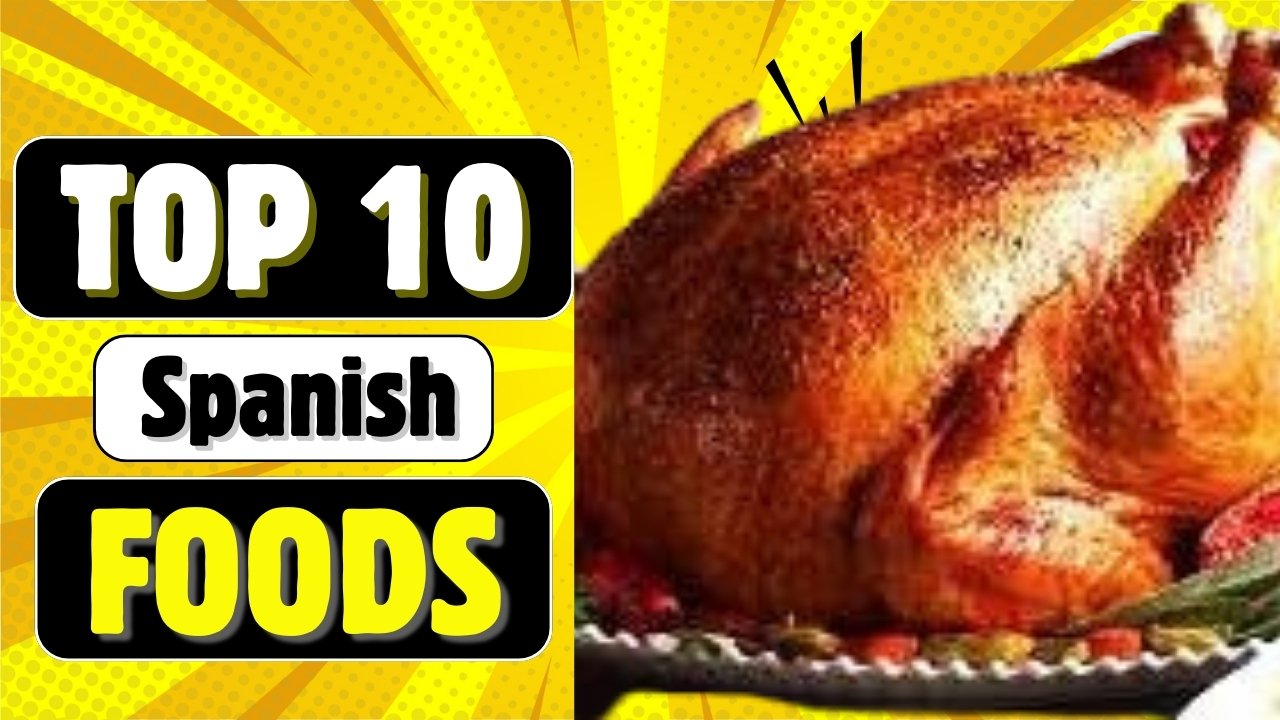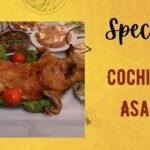Christmas is the time for elaborate and celebratory meals. It brings the families together. Traditions are a blend of regional variations, specialities and classic Spanish dishes. It includes high-quality ingredients. There is a menu at the Christmas festival that brings one household to another and across different regions. Food is a language for celebration.
There is a selection of foods and cured meats like jamón iberico and local cheese, fresh seafood such as prawns, crab, and lobster. If we select for the main course, roasted meats like suckling pig or lamb are very famous choices.
In this blog post, below are the top 10 Spanish traditional or themed dishes for Spanish events. You will find so many Christmas dishes that you loved. The holiday season concludes on 6th January.
Table of Contents
1. Turrón – Spanish Nougat
Turron is a crunchy, chewy, sweet, and nutty candy. It is expressed as a Christmas candy, known for generations. It is a Spanish nougat and is deeply rooted in the history of Culinary tradition. It is enjoyed in every household in Spain. It is also known as a symbol of festivals and family gatherings.
Types of Turrón:
There are two classic and protected types of turron, originating from the Alicante region of Spain.
- Turrón de Jijona (Soft Turrón): This variety is soft, chewy, and firm, mostly fudge-like. The almonds are filled with the paste. It has such a crunchy, sweet, and creamy texture that melts into your mouth.
- Turrón de Alicante (Hard Turrón): This variety is a firm, brittle block with toasted almonds. It has such a satisfying crunch and requires some effort to break and chew.
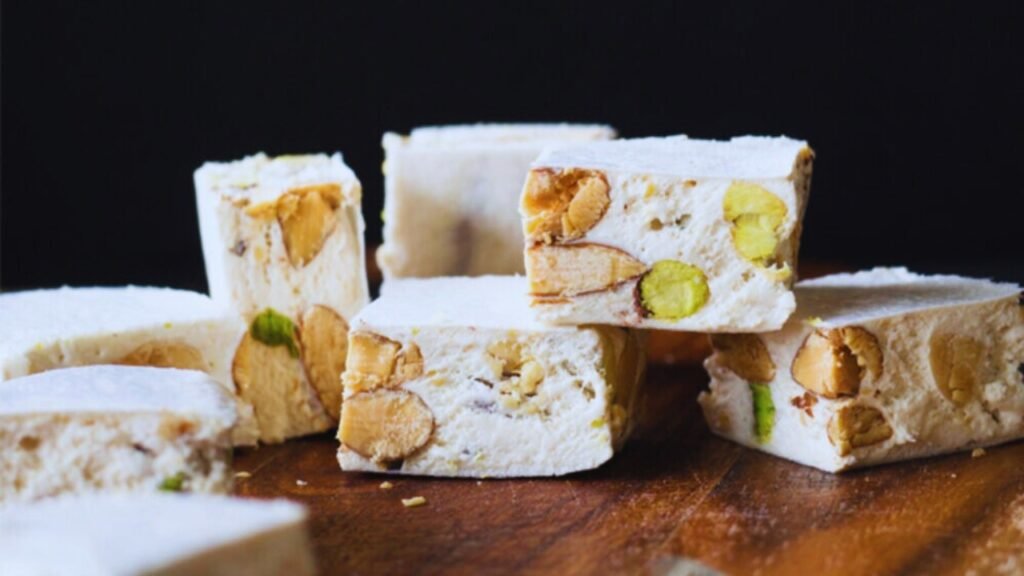
2. Polvorones and Mantecados
Polvorones are a heavy, soft, and very humble cookie. It is one of the most iconic holiday treats. These cookies are made from almonds and dusted with powdered sugar. This dish has been passed down through the generations. They made it to the Christmas and the New Year celebrations. It expresses itself as a fancy and traditional dish. It is a dish that fills your home with the aroma of toasted flour and warm spices.
Serving Suggestions
Polvorones aren’t just delicious; you can include many serving suggestions with them. Some are given below:
Pair with a Warm Drink
- strong coffee
- thick Spanish hot chocolate
- Spanish cava
Add to a Spanish Dessert Tray
- Turrón, Mantecados
- Roscos de Vino

3. Marzipan from Toledo
A sweet with medieval roots
Marzipan is rich and sweet. It has a long history in Spain. Toledo is its most famous Spanish home. Its exact origin is a subject of debate, but the birthplace is modern-day Iran to Persia. The recipe, ground almonds mixed with sugar or honey, likely arrived on the Iberian Peninsula during the Middle Ages through Arab culinary influence. It was linked to the religious festivals when sweet and small gifts were part of the Spanish hospitality.
Many artisans shaped marzipan into miniature fruits, animals, and traditional Christmas figures like tiny apples, pears, almonds, little pigs, and angels. Families are shaped at home and are easy to mold by hand. Sometimes they were hand-painted with edible color or glazed for shine.
Serving ideas & quick tips
- Present a mixed tray of marzipan figures as part of a dessert platter or with coffee after the main meal.
- Use small marzipan fruits as cake decorations or tuck them into gift boxes as edible favors.
- Store in an airtight tin at cool room temperature — good for several weeks if kept dry.
- For a modern twist, dip half the marzipan figures in dark chocolate or sprinkle with crushed pistachios.
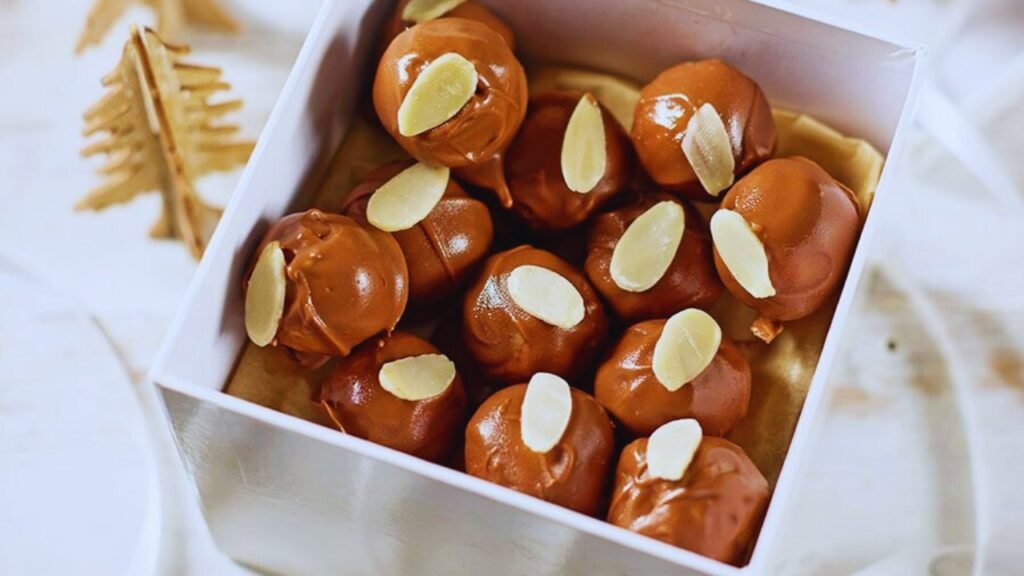
4. Roscón de Reyes – Kings’ Cake
A sweet tradition for Epiphany
The Roscón de Reyes is a beloved and iconic Spanish Christmas tradition. It basically served as a grand finale of the holiday season. This is a sweet and ring-shaped bread and is most famous. This is a day when Spanish children traditionally receive their gifts from the three wise men. It is decorated with candies. Families gather for breakfast or afternoon snacks.
The hidden figurine and bean tradition
The tradition of hiding a figurine and a dried bean within the Roscon is a playful and symbolic aspect of the Spanish Epiphany celebration.
- Whoever finds the figurine is crowned king or queen for the day and usually wears a paper crown that comes with the cake.
- Whoever finds the bean has to buy the Roscón next year — a playful tradition that keeps the fun going from one holiday to the next.
Quick tips for serving
- Sprinkle of icing sugar
- Spanish Cava
- If baking at home, don’t forget to hide both the figurine and the bean — they’re the heart of the tradition!
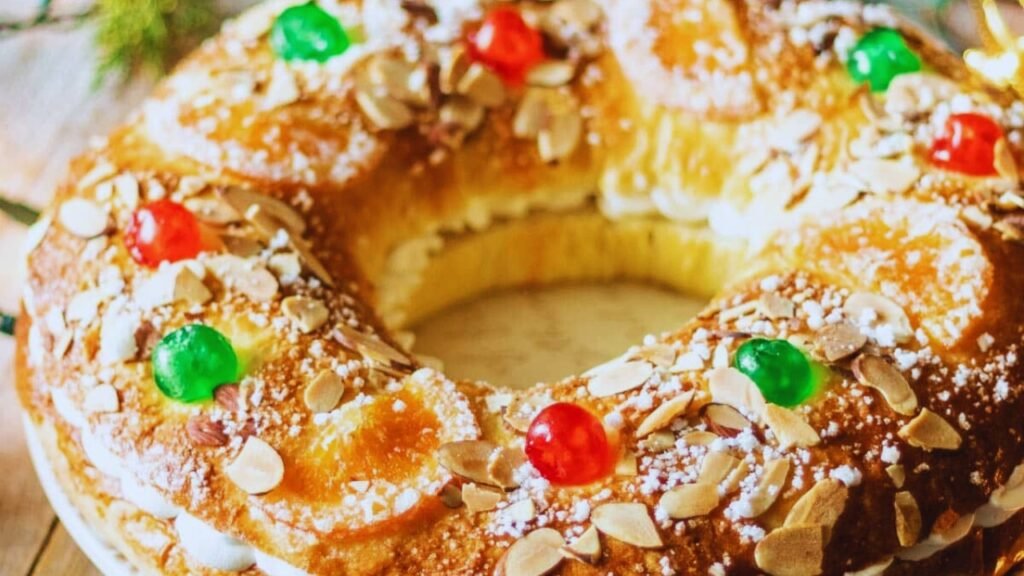
5. Cava Spanish Sparkling Wine
Spain’s answer to Champagne
Cava is Spain’s most famous and classic sparkling wine. Most cava comes from the Penedes region near Barcelona. Cava has a unique character that is distinctively Spanish. It gives fine bubbles and a clean toasty character. Cava is a staple, but it is more affordable than the sparkling wines on holidays.
Toasting traditions during Christmas and the New Year
- Nochebuena & Christmas meals: Families often open a bottle of Cava during the Christmas Eve or Christmas Day feast to toast family and good health. Its acidity and effervescence make it a natural palate cleanser between rich courses.
- New Year’s Eve (Nochevieja): Cava is the go-to bubbly for the midnight countdown. In Spain, many people combine the midnight chime tradition (eating twelve grapes — one grape for each stroke of the clock) with a glass of Cava to celebrate the new year.
- Versatility at parties: From aperitivo to dessert, Cava pairs well across the meal — it livens shellfish, complements creamy desserts, and refreshes after fatty or salty starters like jamón.
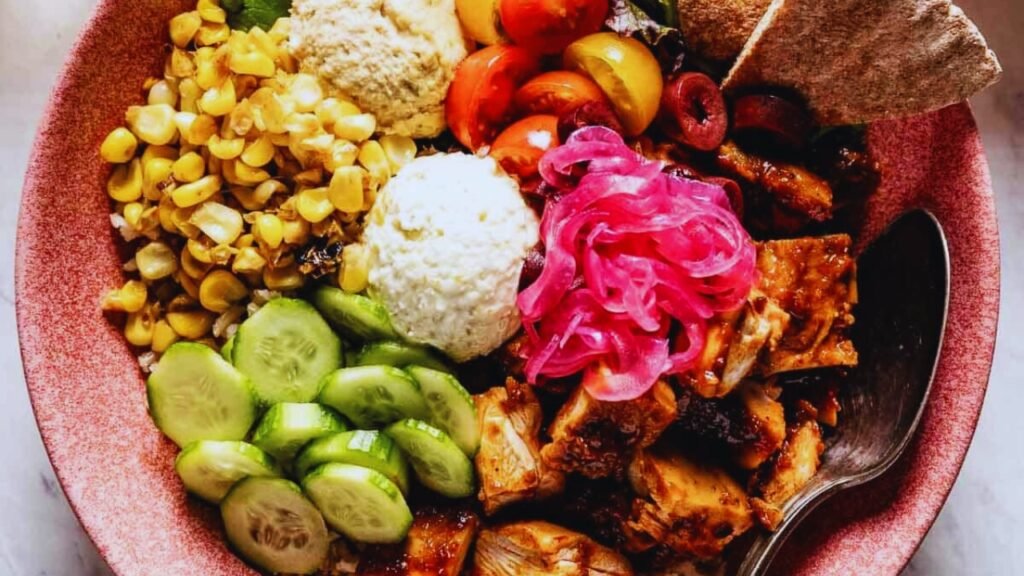
6. Jamón Ibérico Cured Ham
Jamón Ibérico is a traditional culture that is cured ham. It is made from Iberian pigs. It is a special breed that is found mainly in southern and western Spain. It is considered one of the world’s finest and cured meats. These pigs store fat inside the meat, which gives the ham its rich flavor and soft texture. The ham is salted and air-dried for many months, sometimes even years, to develop its unique taste. It is usually thin sliced and served on its own or with bread, cheese, or wine.
Origins of Jamón Ibérico
It has a long, wide, and proud history in Spain. When you go back to Roman times, people have been curing ham for thousands of years. The timeline is vast. It starts when you don’t use the refrigerator to preserve meat, but it is a culture in Spain.
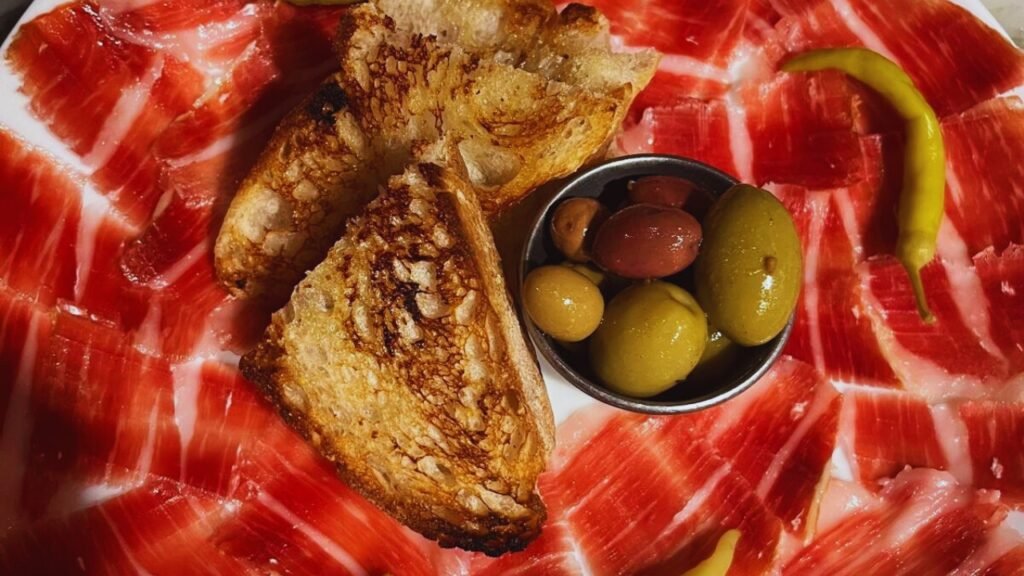
7. Cordero Asado
Cordero Asado is more than just a meat; it is a culinary masterpiece. It is a Spanish roast lamb which is very famous and celebrated for its mouth texture. It has golden crispy skin. It includes such a simple seasoning. By using such simple ingredients, taste shines. Many families in Spain gather with roasted dishes on Sundays and festivals. They share such a rustic and classic edition.
The essence lies in the quality of ingredients, which is the true and pure flavour of lamb. It is particularly in the region of Castilla y León, Castilla-La Mancha, and Aragón. In towns like Segovia, it is even cooked in the clay dishes or inside the wood-fired ovens. This dish is passing through generations and following the tradition.
Tips for Perfect Cordero Asado
You have to follow the simple and unforgettable tips. Here’s how Spaniards achieve that authentic flavor and texture:
Use a Clay Dish for Authentic Flavor: A tradition to use a clay roasting dish. It is very famous in households and restaurants. Clay distributes the heat evenly. It cooks slowly, and if you don’t have any clay, use a heavy-duty roasting pan.
Choose Slow Cooking Over Quick Roasting: There is a magic in every dish that is cooked on a low flame. A slow and low roasting method. Cook the lamb at a moderate temperature.
Keep the Meat Juicy and Tender
- Baste frequently with the pan juices or a splash of white wine to lock in moisture.
- Leave the bones in when possible, as they add depth of flavor and keep the meat from drying out.
- Rest before serving—letting the lamb sit for 10–15 minutes allows the juices to redistribute, giving you perfectly tender slices.
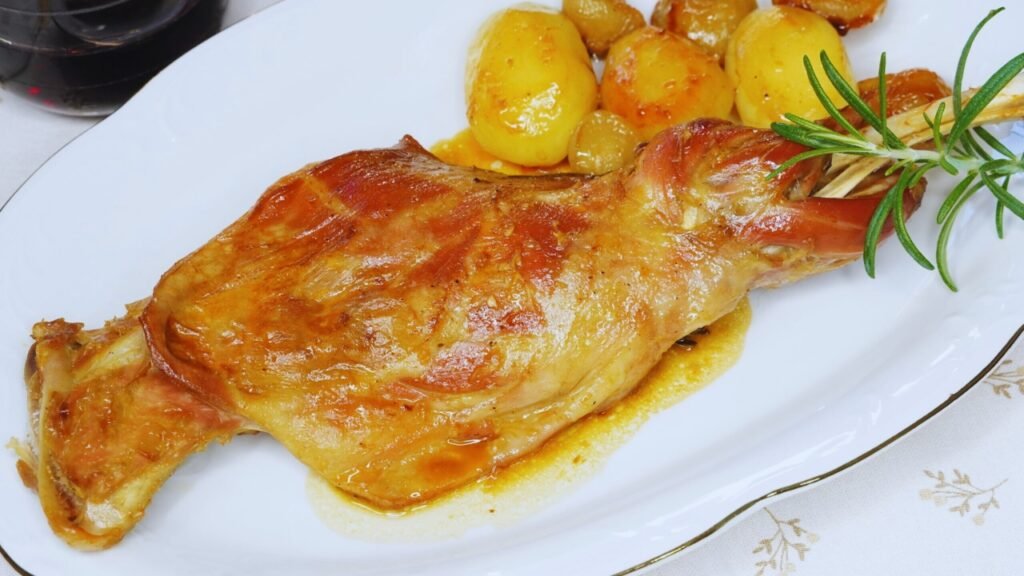
8. Seafood Feast (Mariscos)
A coastal Christmas tradition
A seafood feast can be a delicious and enjoyable meal. There are many fantastic ways to enjoy this meal; it is one of them. Christmas feels incomplete without a seafood feast. Markets basically overflow in December with the freshest Prawns, lobster, clams, mussels, crab, and scallops. These are served during the holiday season. It is a special time of the year. There are countless ways to prepare Mariscos.
Why seafood is so important during Nochebuena
- Historical roots: In Catholic Spain, Christmas Eve (Nochebuena) traditionally involved lighter dishes, avoiding heavy meats before the midnight Mass. Seafood became a natural choice — plentiful, festive, and celebratory
- Symbol of abundance: Serving an array of shellfish and fish signals prosperity, generosity, and gratitude during the holidays
- Family sharing: Platters of prawns or clams encourage communal eating, where everyone reaches in and enjoys together, reinforcing the spirit of unity.
How seafood is served at Christmas
- Prawns a la plancha
- Lobster stews or calderetas
- Clams in salsa verde
- Seafood platters
9. Bacalao Salt Cod Dishes
Sacred, preserved, and everywhere at the table
Bacalao is a staple ingredient in any cuisine around the world. It is particularly in Spain and Portugal. It is also famous in Italy, Latin America, and the Caribbean. It could be preserved by salting and drying. A reliable source of protein for coastal and inland communities. It is preserved at Christmas and followed by a religious calendar. It was an alternative to fresh meat.
Regional variations
Spain’s regions have turned bacalao into many celebrated dishes. Two of the most famous are:
- Bacalao al Pil Pil (Basque Country) — As Bacalao al pil pil is a traditional dish, “Pil pil” is an onomatopoeic term that refers to the technique of gently shaking a pan to create an emulsion from the cod’s gelatin and the olive oil. That “pil-pil” noise is actually a sign that the magic is happening.
- Bacalao a la Vizcaína (Vizcaya/Basque-influenced) — A classic and flavourful dish where cod is served with a deep red sauce made from ñora peppers (dried red peppers), tomatoes, onions, and garlic. It’s savory, slightly sweet, and full-bodied — a festive favorite in many northern homes.
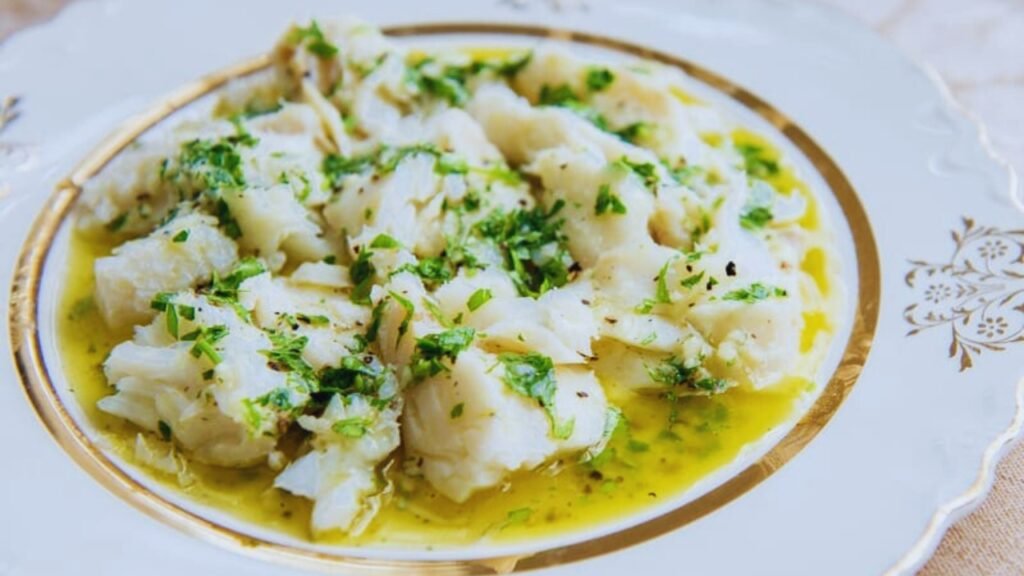
10. Pavo Trufado de Navidad
A luxurious festive centerpiece
Pavo Trufado de Navidad is a traditional dish and is often served as a main course during Christmas celebrations in Spain and other Spanish-speaking countries. It combines the familiar comfort of roast turkey with rich, earthy Spanish flavors. Its unique aroma and flavour are the star ingredient that elevates the dish. Spain’s gourmet pantry: truffle, jamón, mushrooms, and seasonal fruits or nuts.
Typical fillings & Spanish flavors
Common stuffing ideas that give the pavo its distinctly Spanish character:
- Truffle butter or truffle paste
- Jamón Ibérico or diced chorizo
- Sauteed mushrooms
- Chestnuts, prunes, or apples
- Herbs & aromatics
Some cooks also add a small amount of foie or liver pâté to the stuffing for extra silkiness — an indulgent touch for special occasions.
Why families choose pavo trufado
- Festive luxury
- Flexible and shareable
- East–meets–Spain
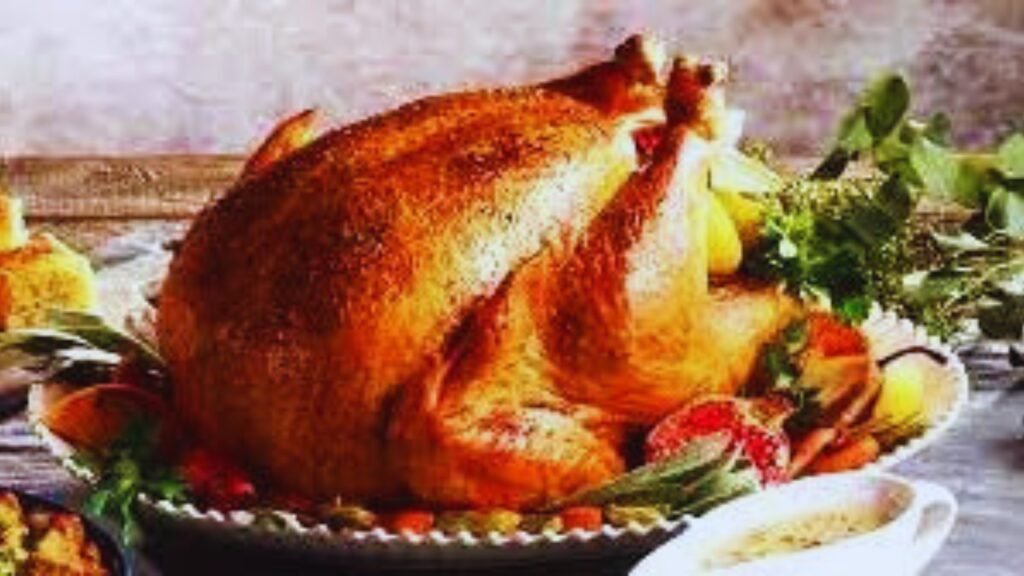
Conclusion
Spanish Christmas food is a celebration of history, place, and family. Spanish food is a fuel; it is a language of celebration. These are comfort foods that bring people together. Every dish has its own taste and texture. Spaniards have enjoyed these for generations, and many modern twists have been added to them.
From the almond-sweet turrón and playful marzipan figures of Toledo, to rich jamón, festive seafood platters, and the luxurious Pavo Trufado, each dish carries a story: of regional ingredients, religious traditions, and the comfort of sharing a meal with loved ones. Spanish flavours are unforgettable. Must try these recipes and tell me your favourite dish at Christmas. Share with your loved ones and spread happiness!
